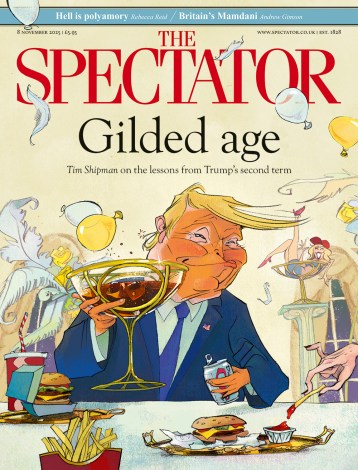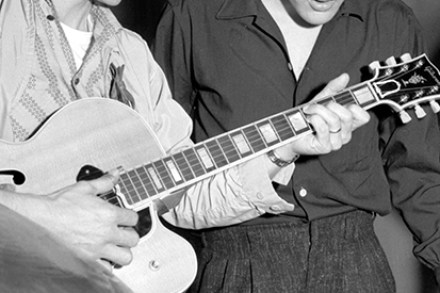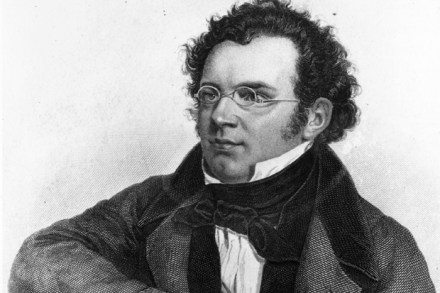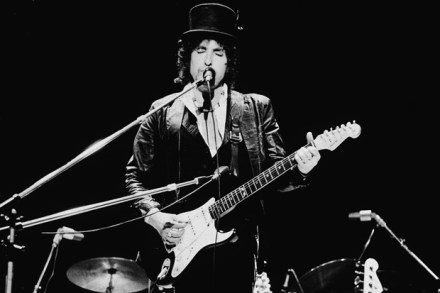This terrifying book puts me off going online ever again —except maybe to Ocado — says India Knight
Jeremy Clarkson has been getting it in the neck from Twitter’s (I was going to say) tricoteuses — but social media is both thicko mob and gleeful, literal-minded public executioner. A couple of weeks ago it was George Galloway; and the week before that — oh, I can’t remember. I had a theory about 21st-century shame before I read Jon Ronson’s book — namely that it passes quickly. A Profumo would atone for a lifetime; a Huhne leaves jail to book deals and newspaper columns. The internet fire burns more intensely but turns to ashes faster. Yeesh, was I wrong. Ronson thinks it all started well. He writes approvingly of







